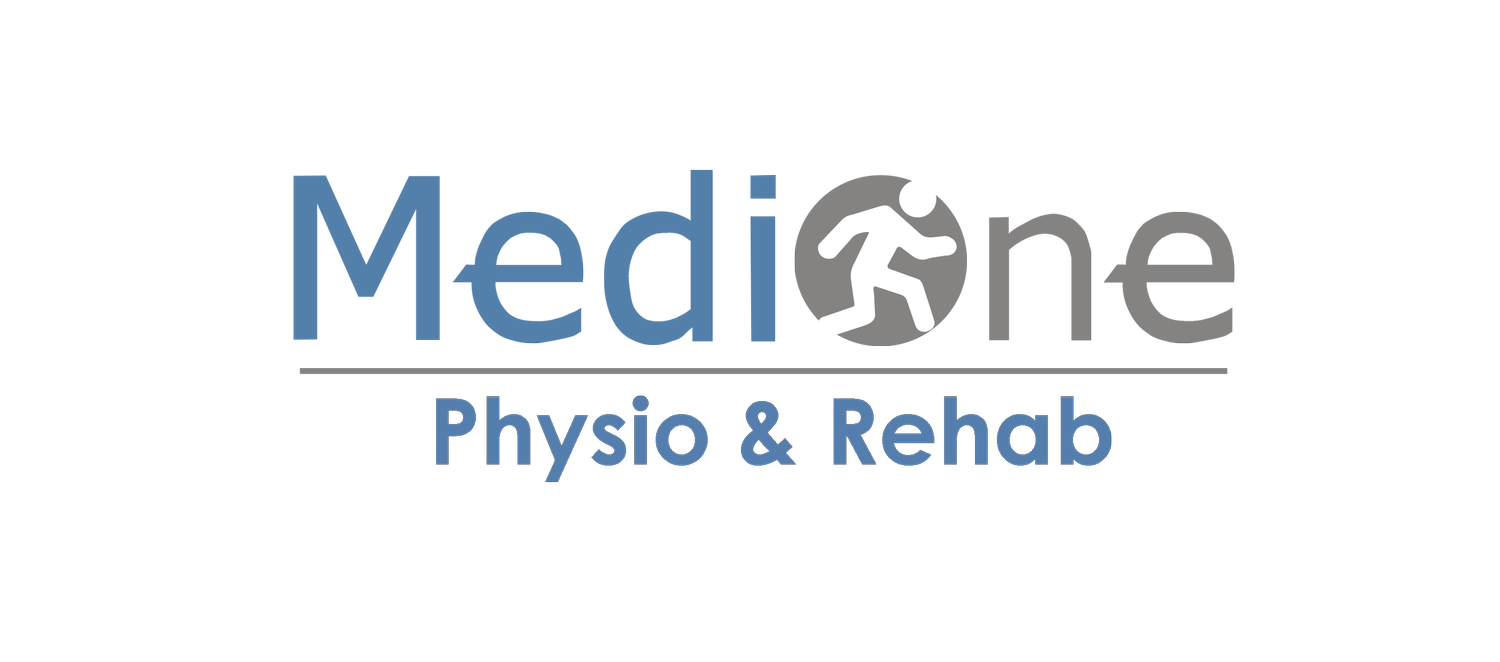Improve Your Posture Today!
Misconceptions About Being In A “Correct” Posture
Recent research underscores the inadequacy of products and interventions that claim to "correct" posture as a means of preventing pain, as no universally optimal posture has been scientifically validated to prevent back pain. Studies indicate that variations in spinal curvature and posture are normal aspects of human anatomy, and there is no single posture or spinal alignment strongly associated with pain outcomes (Mizraji et al., 2020; Wong et al., 2021). Furthermore, attributing pain to typical postural variations is misleading; instead, it is essential to recognize that pain can arise from a multitude of factors, including psychological and environmental influences (Buchbinder et al., 2021). Adopting comfortable postures and allowing for exploration of various postural positions can facilitate symptom relief and enhance overall comfort (Cagnie et al., 2019). Ultimately, a personalized approach is crucial, as "one size does not fit all" when it comes to posture and pain management.
Motion Is Lotion And Rest Is Rust
Static postures, including prolonged sitting with a straight back, can lead to discomfort and musculoskeletal issues rather than preventing them. The current paradigm shift towards promoting movement variability and the incorporation of ergonomic principles that allow for natural spinal alignment and comfort. This approach aligns with a broader understanding of the importance of active engagement of the musculoskeletal system in maintaining health and preventing injury. Healthcare professionals must reassess conventional posture recommendations and to adopt strategies that prioritize functional movement and individual comfort.
Posture And Psychology
Recent studies have highlighted the intricate relationship between posture, beliefs, and emotional well-being, demonstrating that an individual's posture can reflect their self-perception, body image, and emotional state. Research indicates that individuals who perceive themselves negatively or feel vulnerable often adopt closed or defensive postures, which can further exacerbate feelings of anxiety and low self-esteem (Carney et al., 2015; Fink et al., 2016). Conversely, adopting open and confident postures can enhance self-efficacy and improve mood (Schad et al., 2020). Understanding the psychological underpinnings of posture is crucial, as it can inform interventions aimed at enhancing body awareness and promoting positive body image, ultimately leading to improvements in both mental and physical health (Davis et al., 2022). By recognizing how thoughts and emotions influence posture, healthcare professionals can develop more holistic approaches to treatment that address both physical and psychological aspects of well-being.
Strengthening Exercises For Better Posture
Strengthening exercises significantly contribute to achieving an “aesthetically” pleasing body and improved posture by enhancing muscle tone, promoting balanced musculature, and supporting proper alignment (Bourgeois et al., 2023; Sayers et al., 2022). If you like to keep upper and mid back more straight and the shoulder externally rotated, here are some exercises which you can perform at home:
Reverse Fly with Resistance Band (Two-Handed)
Set Up the Band: Hold a resistance band with both hands at chest level, ensuring the band is taut without touching your chest.
Position Your Feet: Stand with your feet shoulder-width apart, with a slight bend in your knees.
Get into Starting Position: Keep your elbows slightly bent and your hands at chest height, gripping the band with both hands. Your arms should be parallel to the floor.
Perform the Exercise:
Open the Band: Slowly pull your hands apart, stretching the band out to the sides. Focus on squeezing your shoulder blades together as you open your arms.
Maintain Tension: Ensure the band remains taut throughout the movement, but do not let it touch your chest.
Return to Start: Gradually bring your hands back together to the starting position while maintaining control of the band.
Repeat: Perform 2 sets of 10 repetitions, resting as needed between sets.
Tips:
Keep your core engaged to maintain stability.
Avoid swinging your arms; focus on controlled movements.
Adjust the band tension by varying the distance between your hands as needed.
Face Pull with Resistance Band
Set Up the Band: Attach a resistance band to a sturdy door anchor at about face height.
Position Your Feet: Stand facing the door with your feet shoulder-width apart. Step back to create tension in the band.
Get into Starting Position: Hold the ends of the band with both hands, palms facing down, and arms extended in front of you at shoulder height.
Perform the Exercise:
Pull the Band: Pull the band towards your face by bending your elbows and squeezing your shoulder blades together. Your hands should come towards your cheeks, with elbows flaring out to the sides.
Maintain Tension: Keep your core engaged and back straight throughout the movement.
Return to Start: Slowly extend your arms back to the starting position, maintaining control of the band.
Repeat: Perform 2 sets of 10 repetitions, resting as needed between sets.
Tips:
Focus on a controlled movement rather than rushing through the reps.
Keep your shoulders down and avoid shrugging as you pull.
Adjust the band’s tension by stepping closer or further away from the door as needed.
References
Mizraji, N., et al. (2020). The impact of posture on musculoskeletal pain: a review. BMC Musculoskeletal Disorders, 21(1), 123.
Wong, A. Y., et al. (2021). Variations in spinal curvature: implications for understanding back pain. Spine Journal, 21(10), 1574-1582.
Buchbinder, R., et al. (2021). Pain mechanisms: a review of the current evidence. Pain Reports, 6(3), e932.
Cagnie, B., et al. (2019). The role of posture in the prevention and management of musculoskeletal disorders. Journal of Manipulative and Physiological Therapeutics, 42(4), 244-252.
Carney, D. R., et al. (2015). Power posing: brief nonverbal displays affect neuroendocrine levels and risk tolerance. Psychological Science, 26(3), 348-353.
Fink, B., et al. (2016). The role of body posture in the expression of emotions. Journal of Personality and Social Psychology, 111(5), 785-798.
Schad, D. J., et al. (2020). Body posture affects emotional expression and social perception. Emotion, 20(4), 667-675.
Davis, K., et al. (2022). The connection between body image and posture: a psychological







